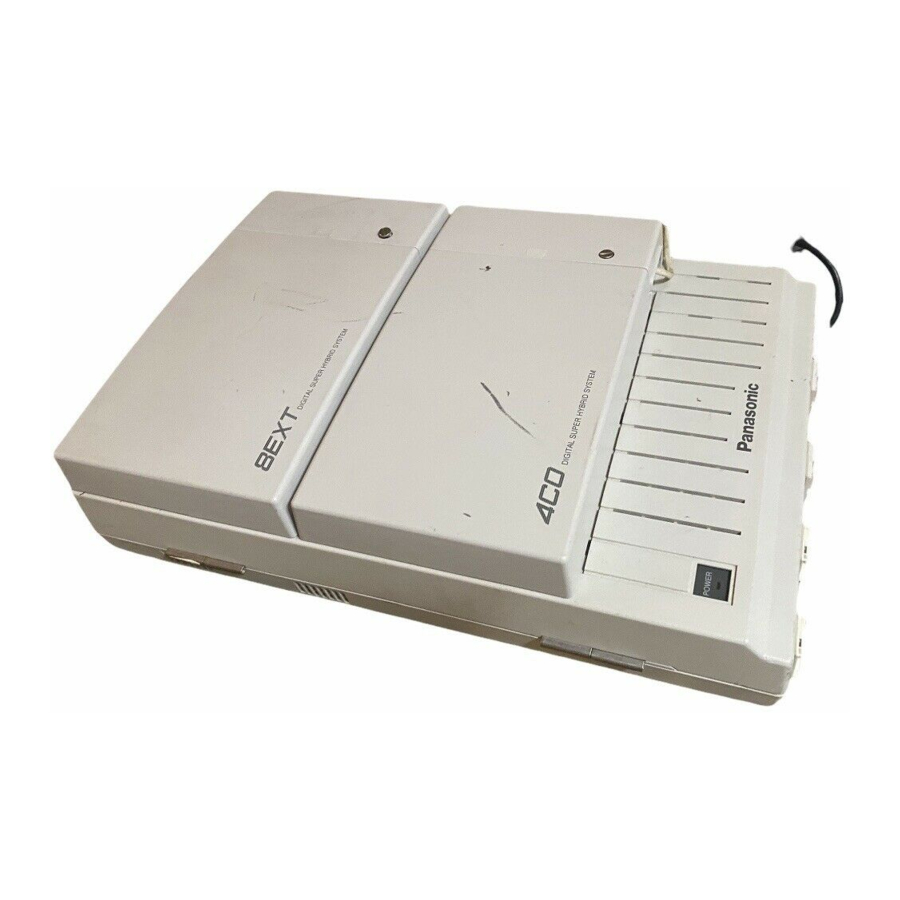
Panasonic KX-TD816 Operating Instructions Manual
Advanced hybrid system
Hide thumbs
Also See for KX-TD816:
- Installation manual (502 pages) ,
- Programming manual (443 pages) ,
- User manual (388 pages)











Need help?
Do you have a question about the KX-TD816 and is the answer not in the manual?
Questions and answers